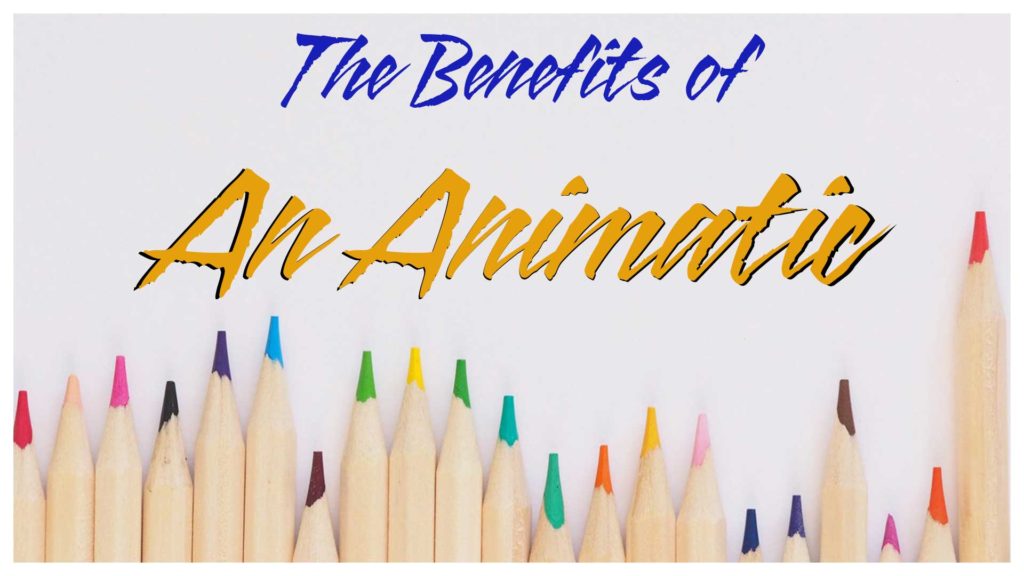The Benefits of an Animatic
I’ve spoken before about what all goes into crafting storyboards for a feature film. While these static images are of immense help in beginning to determine and crystalize the look of your story, on their own they don’t tell a complete picture. They might do wonders when toying with stylistic notions or working out […]
The Benefits of an Animatic Read More »

